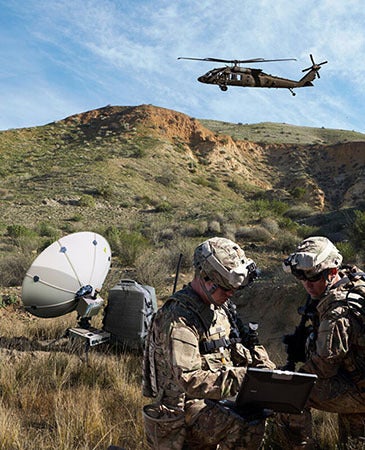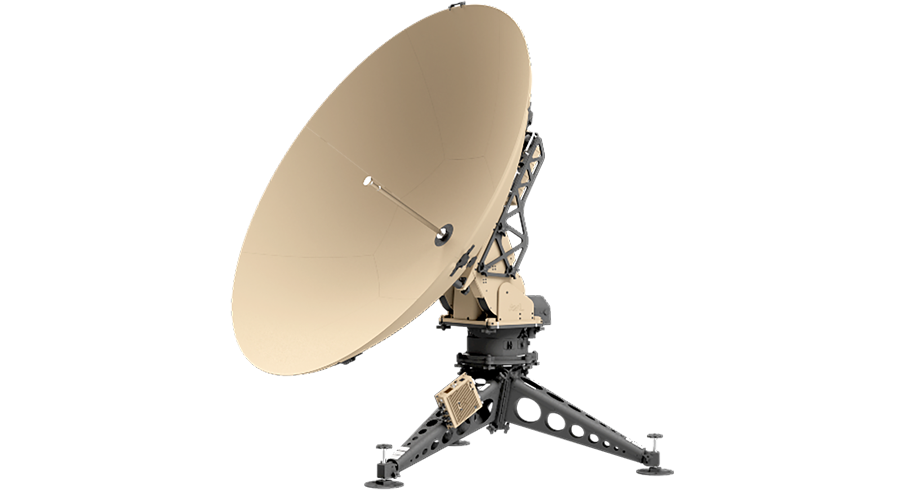Single points of failure in any complex system can bring operations to screeching halt regardless of all other safeguards in place.
In Satellite Communications (SATCOM), relying on a single orbit, constellation or frequency band for key command-and-control links is a single point of failure peer adversaries can quickly exploit.

Leveraging only one SATCOM asset for all space-based communications and intelligence relays can open the door to significant vulnerabilities, including providing solitary cyberattack targets – whether the network is owned by a government or a private company, according to Ryan McCarty, L3Harris vice president of U.S. Department of Defense Product Business Development.
“Assuming you’ve established a foundational SATCOM resource, all of the key command-and-control links you require for assured communications need redundancy to enable resiliency,” McCarty said.
The U.S. Army’s approach to its Scalable Network Node program in support of the Expeditionary Signal Battalion – Enhanced (ESB-E) is one example of concerted efforts to ensure SATCOM resiliency, McCarty added. The SNN leverages both line-of-sight and beyond-line-of-sight capabilities to provide signal path diversity in congested and contested environments that enables uninterrupted mission command with the ability to rapidly deploy and maneuver across the battlefield.






